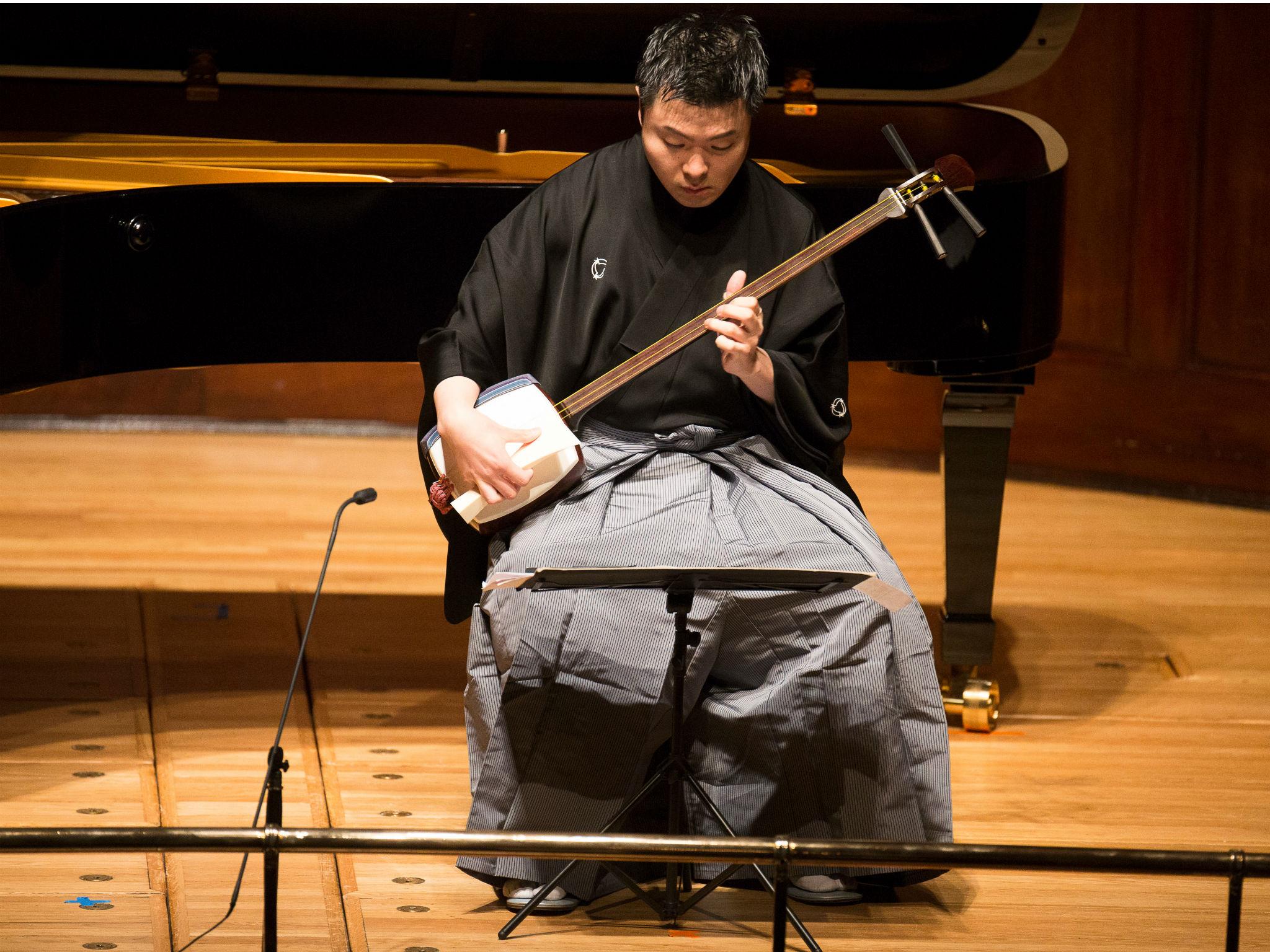Fujikura Portrait, Wigmore Hall, London, review: Like a boy with a box of tricks
Musicians from around the world pay homage to the Japanese-born composer Dai Fujikura including Honjoh Hidejiroh playing the shamisen, a traditional Japanese string instrument

Your support helps us to tell the story
From reproductive rights to climate change to Big Tech, The Independent is on the ground when the story is developing. Whether it's investigating the financials of Elon Musk's pro-Trump PAC or producing our latest documentary, 'The A Word', which shines a light on the American women fighting for reproductive rights, we know how important it is to parse out the facts from the messaging.
At such a critical moment in US history, we need reporters on the ground. Your donation allows us to keep sending journalists to speak to both sides of the story.
The Independent is trusted by Americans across the entire political spectrum. And unlike many other quality news outlets, we choose not to lock Americans out of our reporting and analysis with paywalls. We believe quality journalism should be available to everyone, paid for by those who can afford it.
Your support makes all the difference.A protégé of Pierre Boulez and George Benjamin, the Japanese-born composer Dai Fujikura has long been a favourite with British avant-garde musicians, thanks to his games with everything from timbre, texture, and musical structure to mundanities like orchestral seating. Now 40, he has been given the accolade of a Wigmore “portrait” in which to lay out his multi-instrumental wares, and he came on like a boy with a box of tricks.
Some worked well, some not quite so. There seemed little point in the whimsical 100-note piece he had written for a New York ensemble which specialises in pieces of that length, nor was there much in the double-bass solo which simply explored effects.
But “Milliampere for solo toy piano” opened up a new sound-world, as did “Sakana for solo saxophone”. It was a bit sad that, of the four solo piano pieces we got, the two he had written 20 years ago at college (beautifully played by Mei Yi Foo) were infinitely more interesting than the two premiered here.
On the other hand, the six-piece suite for the unlikely combination of piano, clarinet, oboe, horn, and bassoon was a brilliantly varied tour de force, and the restrained and subtle shamisen solo by Honjoh Hidejiroh – designed to evoke the effect of a guitar in a rock concert – brought a beguilingly authentic whiff of Japan. This man deserves a solo recital to himself.
Join our commenting forum
Join thought-provoking conversations, follow other Independent readers and see their replies
Comments